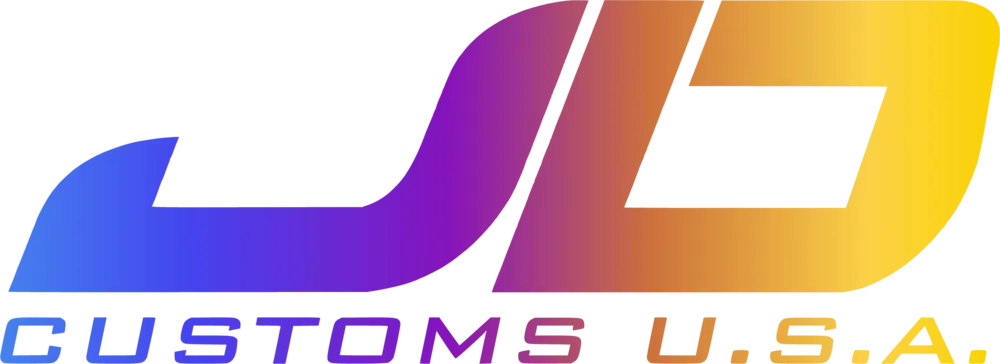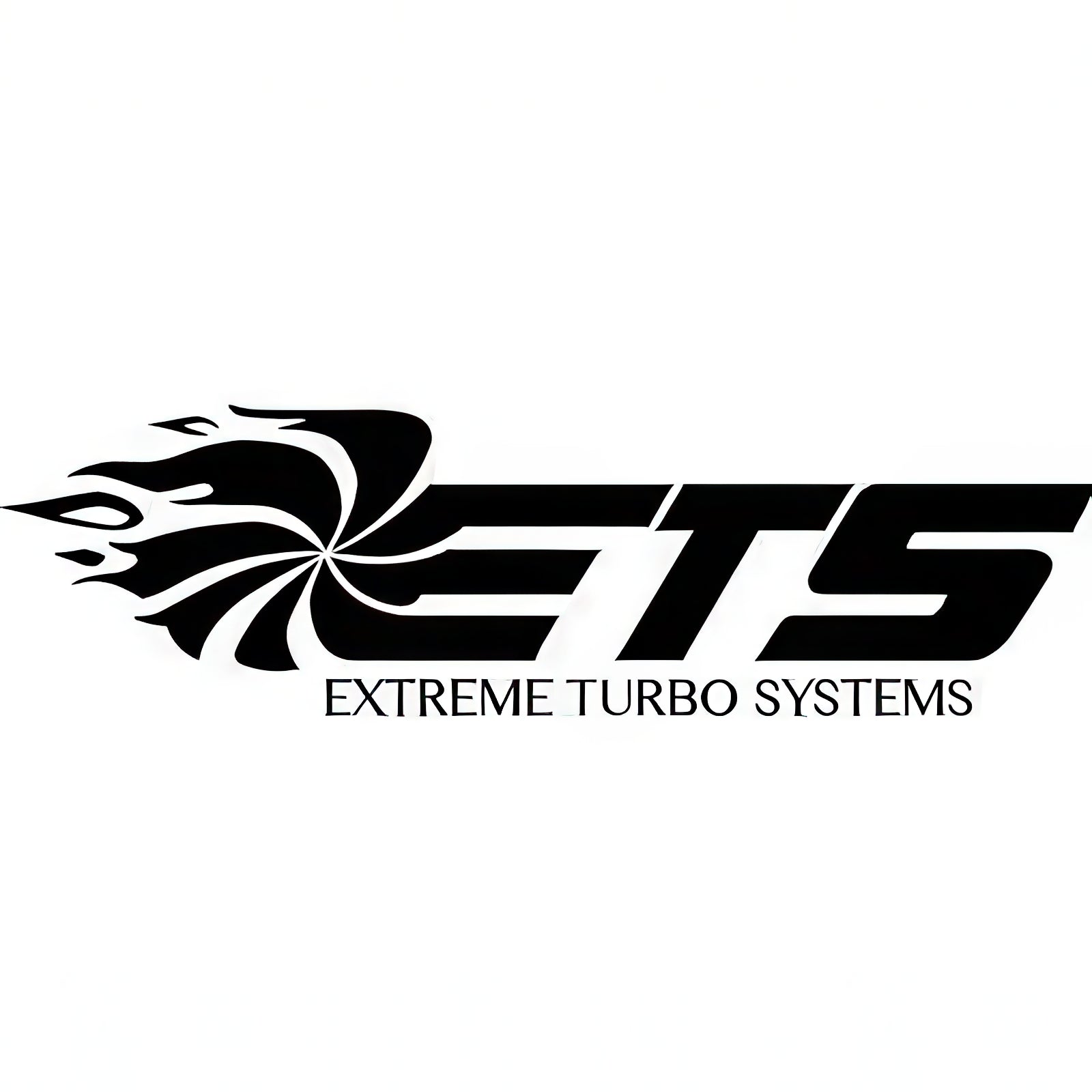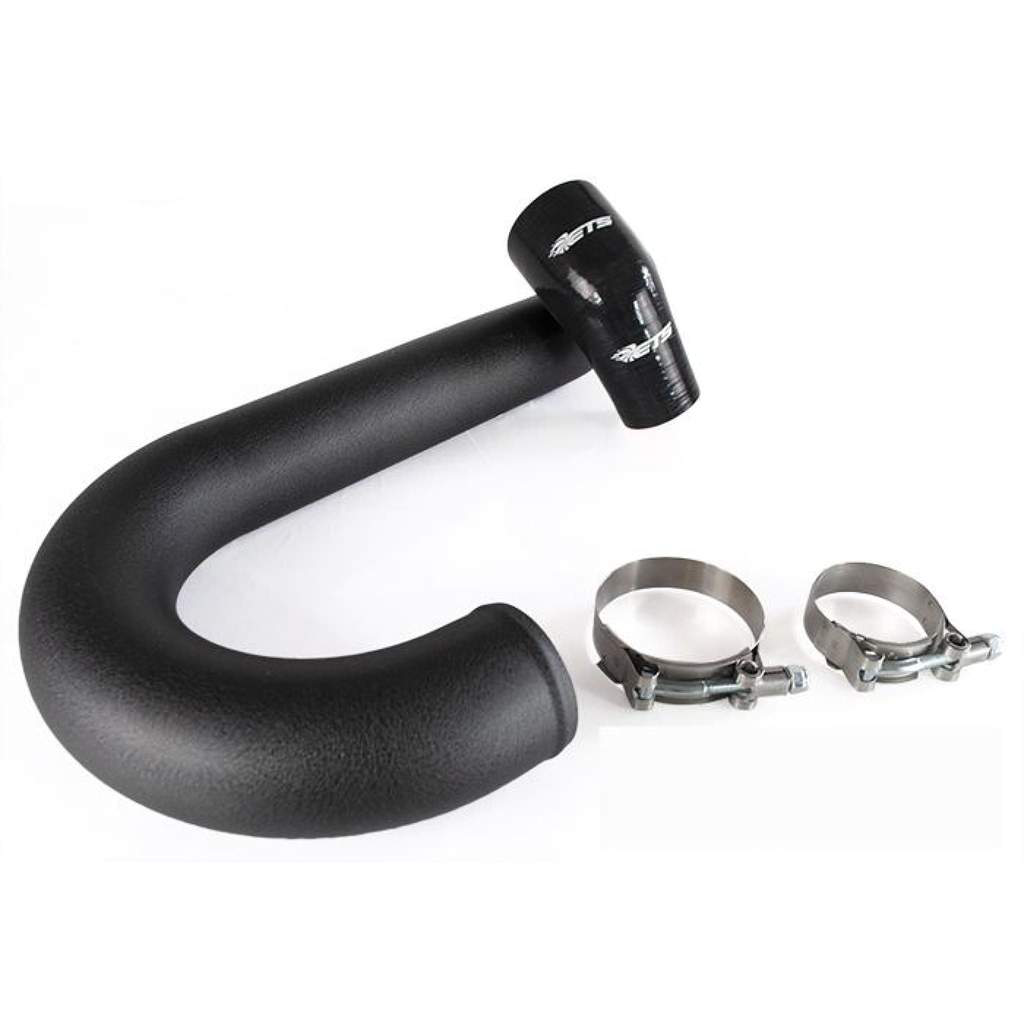
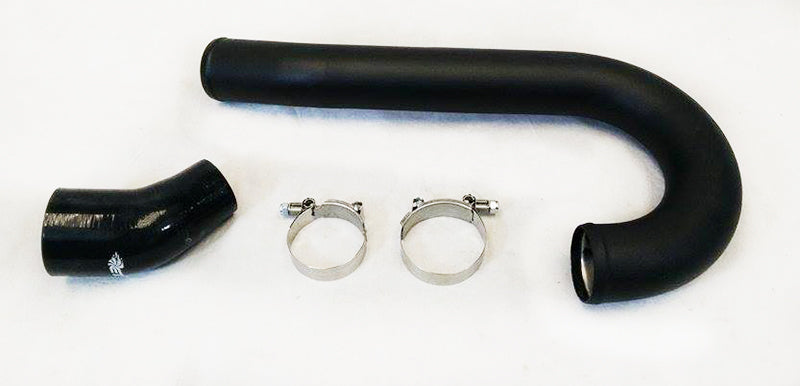
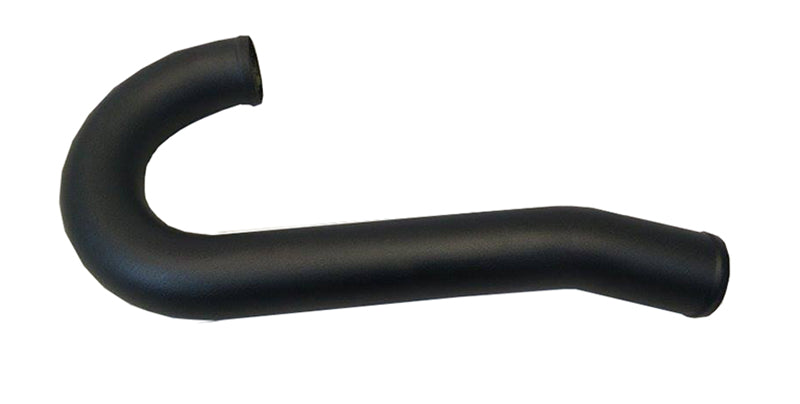
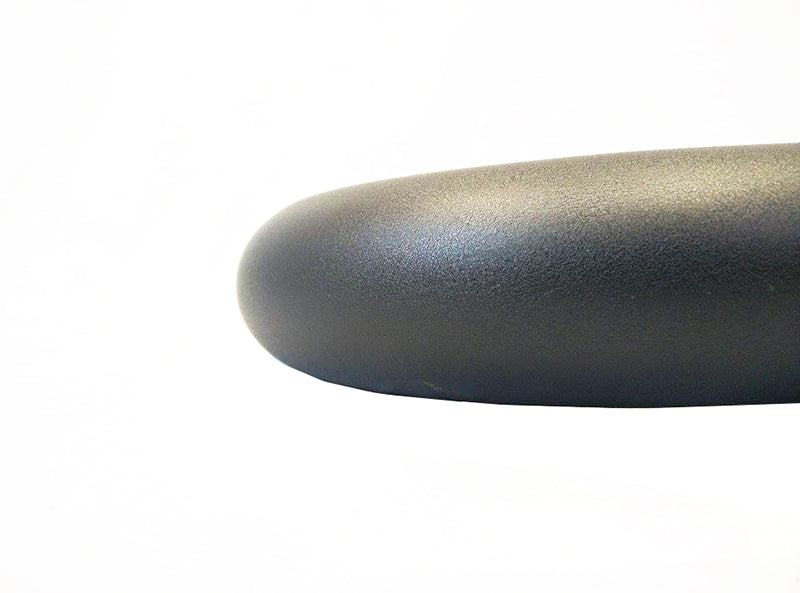
ETS LP2 Lower Intercooler Pipe (Evo 8/9)
SKU:100-20-ICP-153
Order and get 390 reward points
Earn points by signing up for our rewards program

ETS LP2 Lower Intercooler Pipe (Evo 8/9)
ETS LP2 Lower Intercooler Pipe
Quickest spool and world record proven performance. This ETS Mitsubishi Evo 8 and 9 2.5" lower intercooler piping has the smoothest transitions of any piping on the market. Allowing you IX or VIII to spool up quicker, run cooler, and more efficiently.
Features:
- Stainless Steel Mandrel Bent Pipe
- Includes Silicone Coupler to turbo
- 2x Stainless steel T-Bolt Clamps
- Flows over 20% more than stock
- Weight: 3.5lbs
The lower intercooler piping is possibly the biggest restriction in the intercooler system on the Evo. Just by installing the ETS Lower Intercooler Pipe you will gain 12hp in power and reduced lag time on initial spool up and improved transient response between gears. This piping can be installed by itself without a retune and allows you to upgrade the upper intercooler piping down the road. Our piping kit fit perfectly with both the stock and ETS intercoolers.
The ETS LP2 Lower Pipe for the Mitsubishi Evo 8 and 9 is the most powerful pipe on the market today. This pipe is the culmination of over 2 years of research and development, improving upon the average 7-9hp gains commonly found with most lower pipes on the market. Boasting a max hp increase of 12hp!
The ETS LP2 Lower Pipe delivers more power throughout a wider power band than any other pipe we tested including our previous ETS lower pipe.
The Key to this increased power output of the ETS LP2 Lower Pipe is the smooth and fast transition from 1.8" to 2.5" at the turbo outlet. In the past there were two main schools of thought on lower pipe design.
Design 1 - To make the whole pipe 2.5" and use a straight silicone reducer to make the
transition.
Design
2 - To make the first part of the pipe 2" and then have the pipe expand up to 2.5" with a smooth cone welded into the pipe.
Both pipes have their pros and cons.
Design 1 - This is the design of the old ETS Lower Pipe and some others. In this design the whole pipe is 2.5" and the bend up to the turbo is 2.5". Once the pipe makes the bend up to the turbo outlet, a silicone reducer handles the transition from 2.5" to 1.8". This design worked very well, but we always wondered if the abrupt area change of the 1.8" to 2.5" reducer was too much to fast, and was slowing the air too fast, and causing
turbulence.
Design
2 - This is the other main design of lower pipes on the Evo market today. In this design, the theory is to make a very smooth transition from the small 1.8" turbo outlet to the 2.5" intercooler inlet.
This type of pipe starts at 2.5" at the intercooler end, then a cone reducer is placed between the 2" and 2.5" section for a smooth change in area. from here, the pipe makes it's bend in 2" diameter up to the turbo outlet, where a 2" silicone is clamped down to 1.8" This design gives a nice gradual area change, but it forces all of the airflow coming out of the turbo to flow through a 2" 70deg bend.
This is where we feel the restriction lies in this design. We feel that 350whp+ worth of air has no business being in a 2" pipe for any amount of time, much less bending through 70deg.
At this point we had to decide what was worse, a full 2.5" pipe with a fast area change at the turbo outlet, or a smooth area change, but with a 2" bend coming off of the turbo.
Our experience told us that a 2" pipe has no place on a 350whp+ vehicle, and that even though the 2"-2.5" reducer would cause and abrupt area change and possibly some turbulence, that it was better to make the bend in 2.5" with some turbulence, than make the bend in the small 2" and become restrictive.
We tested both designs and found that the full 2.5" pipe with a silicone reducer, worked better than the unit with a welded in cone reducer. From here we put our original lower pipe out to market, and have had hundreds of satisfied customers.
Moving Forward To 2008
With stock turbo cars making 500whp and Stock appearing (Red/Green/etc.) turbo making over 600whp, we knew that at these power levels the lower pipe was going to be a restriction. With that in mind we wanted to re visit the lower pipe design and see if we could improve it.
Upon review of current designs we were right back to where we were before; a full 2.5" pipe with a stepped reducer or a small 2" diameter bend with a smooth cone transition. With that in mind we knew that the new pipe needed to be a full 2.5", have a smooth transition, and have no welding.
This criteria meant that the transition from 1.8" to 2.5" would have to be right at the turbo outlet, as we don't want to do any bending in small diameters. We wanted a smooth transition so that the air would gradually slow down without turbulence, and we wanted to eliminate welding so that there would not be any internal ridges.
So We Did It!!!!
Starting at the turbo outlet, the ETS LP2 Lower Pipe uses a custom funnel shaped 1.8" to 2.5" silicone transition. This angled and funnel shaped hose gives a smooth transition from the small turbo outlet to the 2.5" pipe, while making the first part of the bend as well.
Once the first part of the bend is made, and the diameter is up to 2.5", the silicone funnel reducer attaches to the lower pipe. From here the pipe takes another 16deg of gentle bend, where it closely follows the core support out to the intercooler.
Because we no longer have a tight radius bend in the system, we can bend the whole pipe on our CNC mandrel bender without welding.
Now On To Dyno Results
Our Dyno test consisted of a stock turbo Evo 9, with an ETS 4" FMIC, Turbo XS Exhaust, Generic Intake, and 26psi of boost tapering to 22psi.
We tested the stock pipe, our original pipe, a leading lower with the 2" bend and a cone reducer, and our new pipe. The test consisted of 5 pulls for each pipe. After making 5 pulls for each pipe, we threw away the highest and lowest pulls for each pipe, and averaged the remaining three pulls. From this average, we compared each pipe and found:
Stock Pipe - Avg. peak power 401.55hp
Competitors - Avg. peak power 405.69hp
ETS LP2 - Avg. peak power 410.74hp
The results speak for themselves, we already had a good product and we made it better, this along with a lifetime warranty, great customer service, and a fair price, should make anyone's lower pipe decision an easy one. We have included a Dyno graph and chart of the median stock pipe run, vs. the median ETS LP2 Lower Pipe Run.
